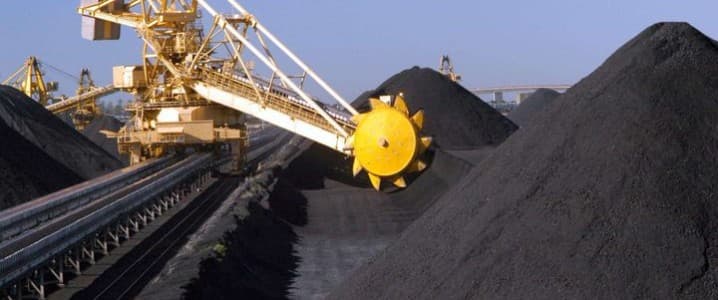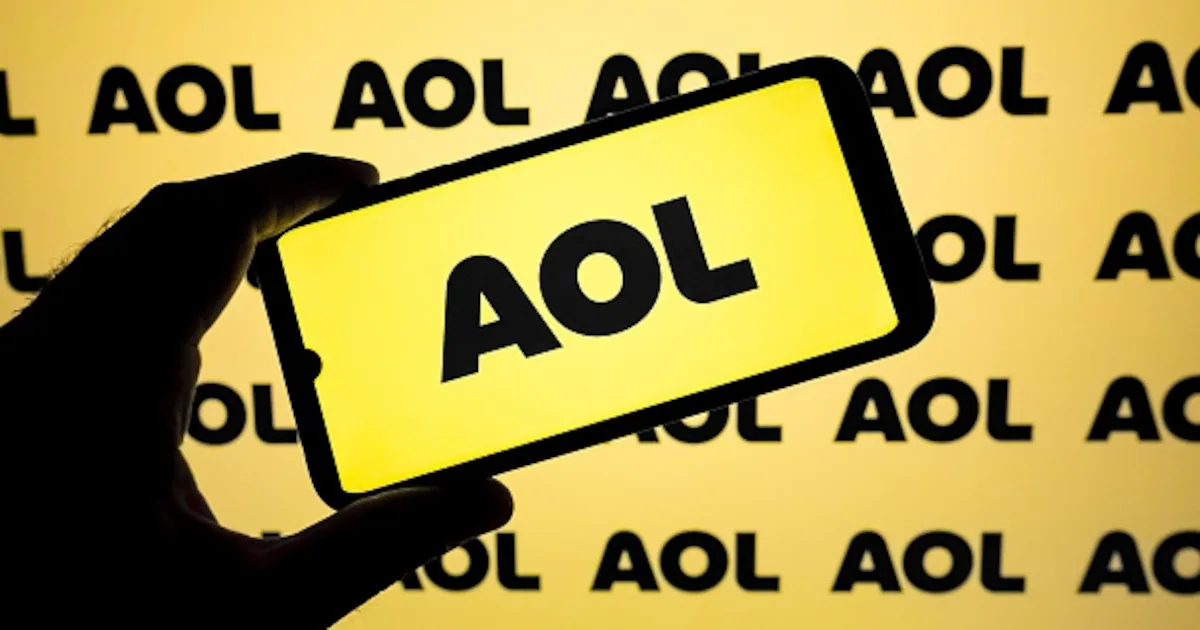Copyright OilPrice

The Zimbabwe government has finally approved the involvement of independent power producers (IPPs) and private companies to generate, sell, and distribute electricity in the country, marking a significant policy shift for a country that has been struggling with high power demand but low supply. The government also plans to launch a competitive bidding process in 2026, further liberalizing the sector. According to a public notice issued by the Zimbabwe Energy Regulatory Authority (ZERA), the move will help attract more investments into the sector, improve efficiency, and ensure universal access to electricity by 2030. The government is targeting $9 billion in fresh investments into the power sector in the coming years, with roughly $4.4 billion expected to come from private investors. Zimbabwe’s electricity sector is characterized by a lack of diversification, with Hwange Coal Station supplying 68.1% of the power supply while the Kariba Hydroelectric Station supplies 27.5%. The country’s daily peak demand is estimated at 1900 megawatts, well above the maximum output of 1200 megawatts by Hwange and Kariba. National electrification stands at a mere 40%, with just 16% of the rural population accessing the vital commodity. Related: U.S. Nuclear Output Forecast to Surge 27% After 2035 Hwange, Zimbabwe's largest thermal power station, is currently undergoing expansion and refurbishment to increase its electricity generation capacity. The station has a total installed capacity of 1520MW after the addition of two 300MW units in 2023. The older units, including two 220MW plants and four 120MW plants, are being refurbished to improve their reliability, as they were previously operating at a fraction of their capacity due to frequent breakdowns. Power Technology reports that a deal with India’s Jindal Power was signed to finance, refurbish, and operate the older units. Other proposed coal power plants include the Western Coal and Energy power station and the Titan power station. Zimbabwe has significant coal reserves, with estimates from 2019 suggesting 502 million tonnes of proven reserves and a much larger figure of 25,000 million tonnes for potential resources. These reserves are concentrated in areas like Hwange and are subject to ongoing exploration and development efforts, though some projects face challenges due to factors like limited investment and evolving global energy dynamics. Meanwhile, the country’s hydroelectric power output is also expected to increase. Last year, the Zambezi River Authority (ZRA) allocated 27 billion cubic meters of water for power generation at the Kariba Dam for the current year, enough to increase power generation at Kariba Hydro-Power Station by 70%. The 27 billion cubic meters is split equally into 13.5 billion for the Zimbabwe Power Company (ZPC) and 13.5 billion cubic meters for ZESCO Limited (Zambia). This was an increase from the 16 billion cubic meters allocated in 2024, based on favorable rainfall projections for the 2024–2025 rainy season. However, the allocation is subject to review depending on actual rainfall and water inflows to Lake Kariba. The water allocation for 2026 has been set at 30 billion cubic meters, a further increase over the 2025 figure. Further, Zimbabwe is developing natural gas electricity generation, focusing on projects to monetize newly discovered gas resources for both domestic use and export. Back in June, Invictus Energy confirmed its first commercial gas discovery in the Cabora Bassa basin, positioning Zimbabwe amongst Africa’s emerging natural gas producers. Invictus Energy is developing a gas-to-power project to supply gas to the Eureka Gold Mine, which will also help with domestic power generation. The company has outlined plans for further high-impact drilling to target and expand its gas discoveries, which will be used for future electricity generation projects. Located within the Cabora Bassa project area, the Mukuyu gas field is estimated to hold 1.2 trillion cubic feet of gas and 73 million barrels of condensate. Zimbabwe’s underdeveloped renewable energy sector is garnering some attention, too. Last year, the government launched the Zimbabwe Renewable Energy Fund (ZimREF) in partnership with the United Nations Joint SDG Fund and Old Mutual Zimbabwe. The launch was supported by various UN agencies, including UNESCO, UNCDF, UNDP, and UN Women. Based on current commitments from various investors, including private investors, commercial banks, and private investors, the fund is expected to expand to $30 million by ethe nd of 2025, and $50 million by the end of 2026. The country has set a target to increase renewable power generation, excluding large hydro, from the current 7.8% to 29%, or 200MW of net-metered capacity by 2030. By Alex Kimani for Oilprice.com More Top Reads From Oilprice.com Trump and Xi Pledge Cooperation on Ukraine, Trade, and Minerals TotalEnergies Q3 Earnings Hold Steady Despite Oil Price Dip U.S. Sanctions Force Lukoil to Divest Global Holdings



